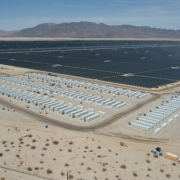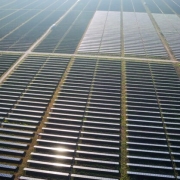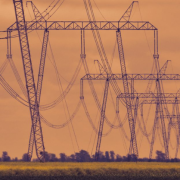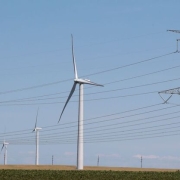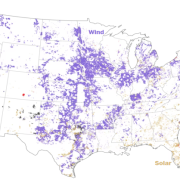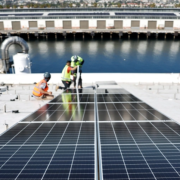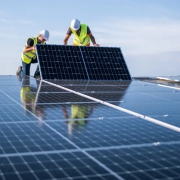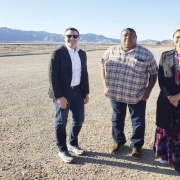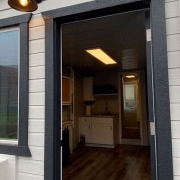The Bureau of Land Management has approved the Sunlight Storage II Battery Energy Storage System in Riverside County to add up to 300 megawatts for a total 530 megawatts of energy storage capacity provided to the state power grid from the Desert Sunlight Solar Farm, another step toward meeting the Biden-Harris administration’s goal of achieving a carbon-free electric grid by 2035.
“Continuing to invest in clean renewable energy remains a high priority for the BLM, and battery storage systems help meet increasing demands to energy usage and security,” said Shelly Lynch, California Desert District Manager.
Click here to read the full article
Source: Bureau of Land Management
—
If you have any questions or thoughts about the topic, feel free to contact us here or leave a comment below.

